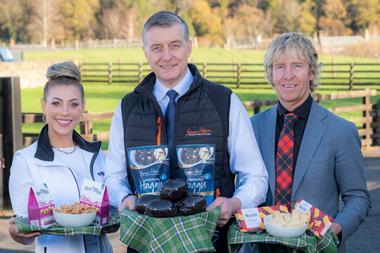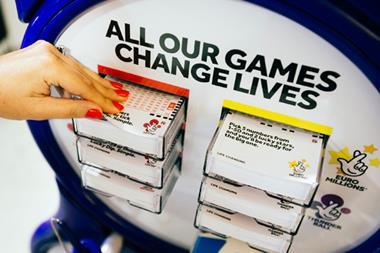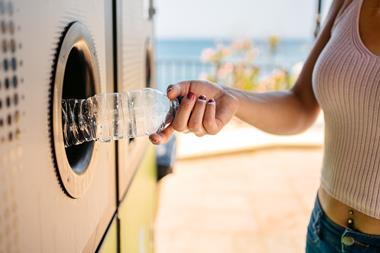>>coca-cola
Product:
coca-cola
Company:
coca-cola
Launch date:
1886
Coca-Cola has in its more than 100 years on shelf proved to be in a league of its own. Year after year it has managed to stay ahead of the game, despite its competitors doing their utmost to grab a slice of the £1.16bn cola market, which is in a marginal year-on-year decline, down from £1.18bn last year [ACNielsen MAT to September 3, 2005].
With an impressive 36% market share, Coca-Cola is valued at £416m, not bad, especially when you take into account the nation’s quest for healthier soft drink alternatives, which has not made the cola market an easy place to be in recent years.
The popular thirst quencher is literally everywhere with distribution in 97% of all possible outlets.
Almost 42% of ACNielsen’s consumer panel have tried it with more than 68% of those coming back for a second purchase. Creative and innovative advertising through the years, such as the 1971 television commercial in which young people gathered on a hilltop in Italy to sing “I’d like to buy the world a Coke” - a counterpoint to turbulent times - has played a major part in the success story that is Coca-Cola.
Coca-Cola also scooped a huge publicity and historic coup when, in July 1985, it became the first soft drink to be consumed in space by an astronaut.
In more recent times, the soft drink giant announced a deal to extend its partnership with the Olympic Games until after 2020. This brings its partnership with the Olympics to 92 years, having sponsored consecutive games since 1928.
With its cool image, it comes as no surprise that it does particularly well with consumers under the age of 34, especially with those between 16 and 24 years old.
It has also proven a firm favourite with new, maturing and established families.
It has the biggest consumer base in Central and North Scotland and is also big in the Lancashire area. It is less strong in the south and south east, east of England and south west.
Product:
coca-cola
Company:
coca-cola
Launch date:
1886
Coca-Cola has in its more than 100 years on shelf proved to be in a league of its own. Year after year it has managed to stay ahead of the game, despite its competitors doing their utmost to grab a slice of the £1.16bn cola market, which is in a marginal year-on-year decline, down from £1.18bn last year [ACNielsen MAT to September 3, 2005].
With an impressive 36% market share, Coca-Cola is valued at £416m, not bad, especially when you take into account the nation’s quest for healthier soft drink alternatives, which has not made the cola market an easy place to be in recent years.
The popular thirst quencher is literally everywhere with distribution in 97% of all possible outlets.
Almost 42% of ACNielsen’s consumer panel have tried it with more than 68% of those coming back for a second purchase. Creative and innovative advertising through the years, such as the 1971 television commercial in which young people gathered on a hilltop in Italy to sing “I’d like to buy the world a Coke” - a counterpoint to turbulent times - has played a major part in the success story that is Coca-Cola.
Coca-Cola also scooped a huge publicity and historic coup when, in July 1985, it became the first soft drink to be consumed in space by an astronaut.
In more recent times, the soft drink giant announced a deal to extend its partnership with the Olympic Games until after 2020. This brings its partnership with the Olympics to 92 years, having sponsored consecutive games since 1928.
With its cool image, it comes as no surprise that it does particularly well with consumers under the age of 34, especially with those between 16 and 24 years old.
It has also proven a firm favourite with new, maturing and established families.
It has the biggest consumer base in Central and North Scotland and is also big in the Lancashire area. It is less strong in the south and south east, east of England and south west.














No comments yet